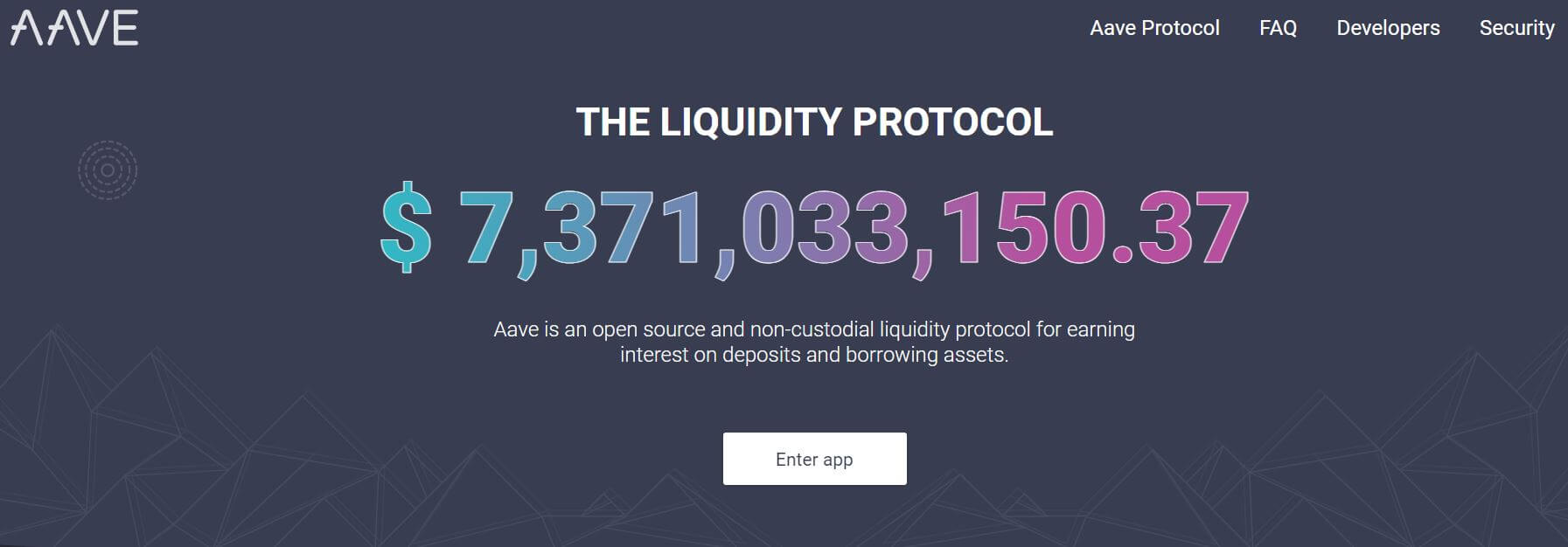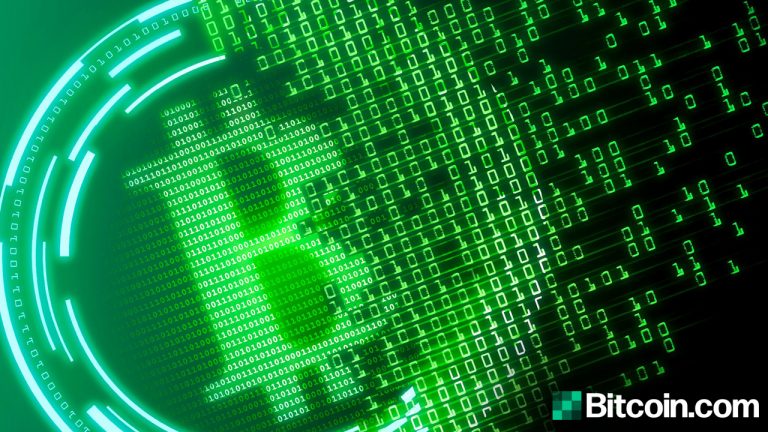2021-12-7 18:00 |
The concept of decentralized trading introduces many opportunities and efficiencies. However, we cannot ignore the drawbacks of this concept either. One of the most grating problems is the concept of slippage, although that may soon become a concern of the past.
Why slippage is a problemOn paper, it would seem easy to convert one crypto asset to another through a decentralized trading or swapping platform.
Unfortunately, it is not a 100% value conversion when performing this action. Nor would it be a 100% value conversion on centralized exchanges due to trading, maker, and taker fees. However, with decentralized solutions, there is something known as “slippage.”
The concept of slippage is simple: it represents a difference between the price traders expect to pay and the price at which the trade occurs.
I am a fan of removing centralized order books in favor of direct trading through smart contracts. However, I, too, find myself scratching my head at the slippage I pay for my transactions at times.
These changes can be minimal or amount to 12% or more. It is nearly impossible to know beforehand, and it often leaves traders dissatisfied with the outcome.
Slippage will also become more outspoken when markets face higher volatility or if a more considerable trade is executed. As decentralized trading platforms are accessible to anyone on a 24/7 basis, users may find themselves “trading at the wrong time,” so to speak.
A dream of quick, efficient and cost-effective tradingHowever, we all want to get our trades executed at the time. In addition, preferably as efficient as possible. Slippage can do a lot of harm during those periods, as users will often receive different amounts of coins than expected.
Cryptocurrency prices are notorious for changing from one second to the next. Volatility can be either negligible or outspoken. However, it will always affect one’s slippage.
In some cases, results can be more favorable. However, that is less common than unfavorable results. If a trade were to hit a delay — primarily due to transactions needing to confirm on the network — a trade’s outcome can differ greatly from what a user expected.
Slippage is not unique to cryptocurrenciesWhile I mainly dabble in cryptocurrencies, the concept is not native to the cryptocurrency industry.
The forex market can suffer from slippage, too. This mainly happens if a market order is executed at a different rate than noted in the order. It also happens when a stop loss closes a position at a different amount. Either of those outcomes is an example of slippage in the forex market.
Similar to cryptocurrencies, forex markets can have periods of increased volatility. Several factors can influence FX rates, including real-world events, announcements, and trading outside of peak market hours. Again, changes might be minimal, but it remains a pressing problem in the financial industry.
Unfortunately, it is not that easy to get rid of slippage. When dealing with volatile assets, price changes can occur at any given time.
In addition, there are network conditions to keep in mind with cryptocurrencies. Congestion can affect the outcome of a trad in many ways, for better or worse. Thankfully, it appears there are ways to introduce zero slippage, at least, according to a whitepaper I recently came across.
Zero slippage for derivatives tradingIt is nearly impossible to avoid value fluctuations when dealing with volatile assets. However, I came across a technology that introduces a concept known as “zero slippage.”
Not sure what to make of it, I dove a bit deeper into the documentation. Kine Protocol attempts zero slippage by ensuring every trade is executed against real-time price feeds, guaranteed by the over-collateralized liquidity pool.
More importantly, all derivatives trades will be guaranteed to benefit from zero slippage, which seems rather ambitious.
However, the Kine Protocol has been operational for a while now. The trading solution maintains a zero gas fee and zero slippage promise for derivatives trading through its multi-chain solution.
It is impossible to introduce similar standards for crypto assets themselves, but I am impressed by the progress made through Kine’s peer-to-pool approach. It fills me with hope to — hopefully one day — execute my trades through decentralized technology without having to worry about how much slippage will affect the outcome.
The only viable solutionZero slippage is the only viable path forward for crypto and forex trading. As derivatives trading now benefits from zero slippage solutions, the concept will hopefully make its way to asset trading in the future.
As only one provider offers such a solution, I am eagerly awaiting developments by other providers to see if they can offer a similar solution.
The removal of slippage provides fairer and more accessible trading. It also removes some lingering issues when using decentralized derivatives on other platforms, including better execution and matching. It is, in my eyes, one of the most exciting developments in the financial industry today.
The post Zero Slippage Is The Next Big Thing In Decentralized Derivatives Trading appeared first on BeInCrypto.
origin »Open Trading Network (OTN) на Currencies.ru
|
|














